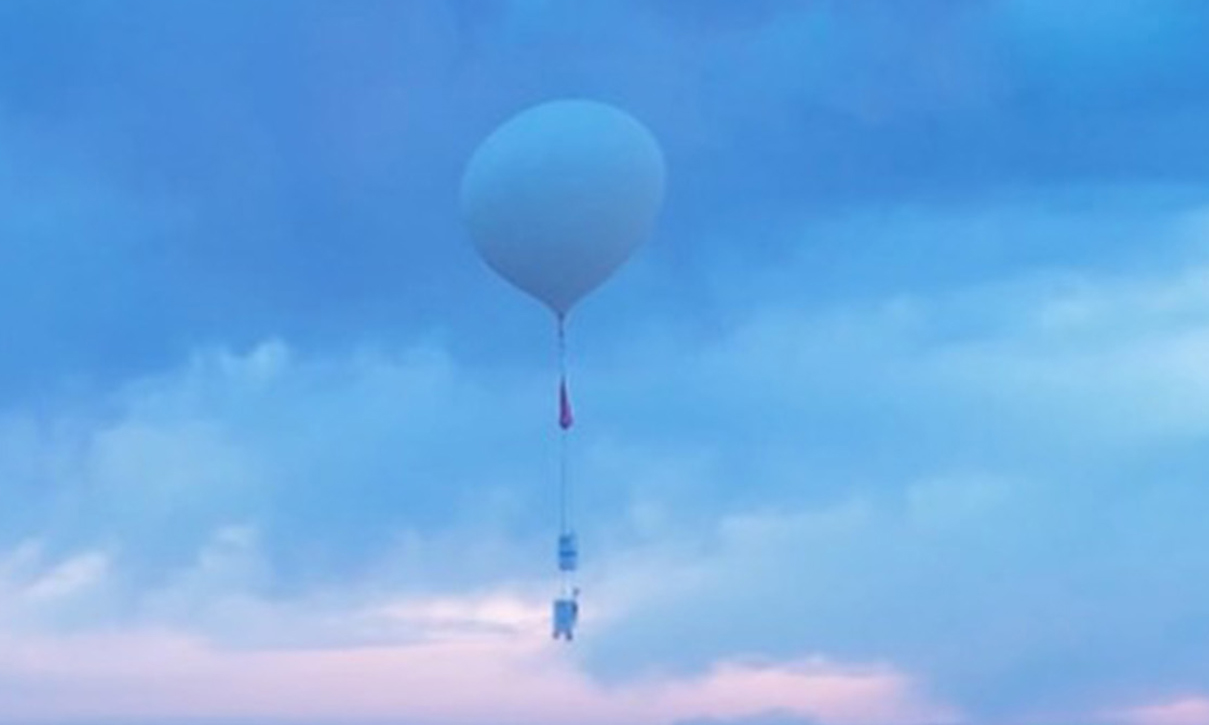The UK government announced on 27/7 the successful test of a high-altitude unmanned balloon designed for intelligence, surveillance, and reconnaissance (ISR) from the stratosphere. The test, part of Project AETHER, took place in South Dakota, USA, and was supported by the UK Ministry of Defence's procurement agency.
Led by the UK company Voltitude, in collaboration with Landguard Systems (UK) and Aerostar (USA), the project saw balloons travel 3,700 km, reaching altitudes of 18-24 km, twice the cruising altitude of commercial aircraft and most military aircraft.
According to the UK government, the balloons were initially deployed sequentially, each flying for over 5 days, providing near-continuous surveillance capabilities for a month.
Each balloon can carry up to 3 kg of surveillance equipment and requires only one operator for a month-long series of flights. "Unmanned balloons offer a cost-effective alternative to traditional surveillance and communication methods. Their ability to operate continuously at high altitudes for extended periods without maintenance enhances national security and supports the government's reform agenda," the announcement stated.
 |
A British surveillance balloon in a photo released on 27/7. Photo: UK Ministry of Defence |
A British surveillance balloon in a photo released on 27/7. Photo: UK Ministry of Defence
Beyond military applications, these balloons could provide stable communication and high-speed internet in disaster-stricken areas, along with data for weather forecasting and climate research.
Following a surge in military satellite deployment, armed forces are revisiting surveillance balloons. Significantly cheaper than launching satellites, they operate closer to the earth, capturing higher-quality images. Their slow, wind-driven movement at high altitudes makes them difficult for ground-based radar systems to detect. Advanced technologies and camouflage further enhance their stealth capabilities.
However, their large size makes them visually detectable and susceptible to incidents like gas leaks. In May 2024, Hezbollah used a suicide drone to attack Sky Dew, one of the world's largest high-altitude surveillance balloons, causing significant damage.
Pham Giang (Defense Post)












